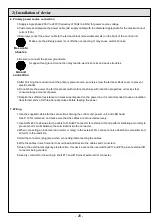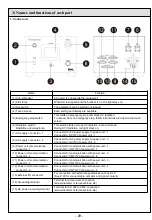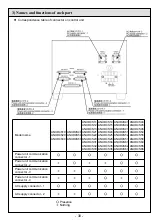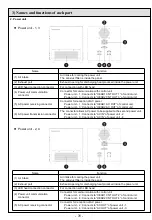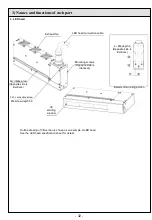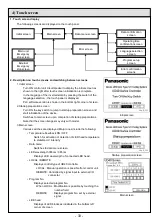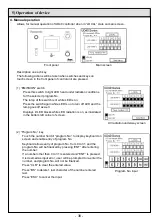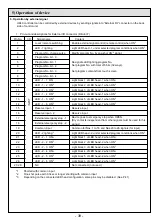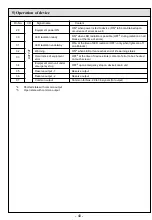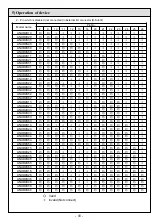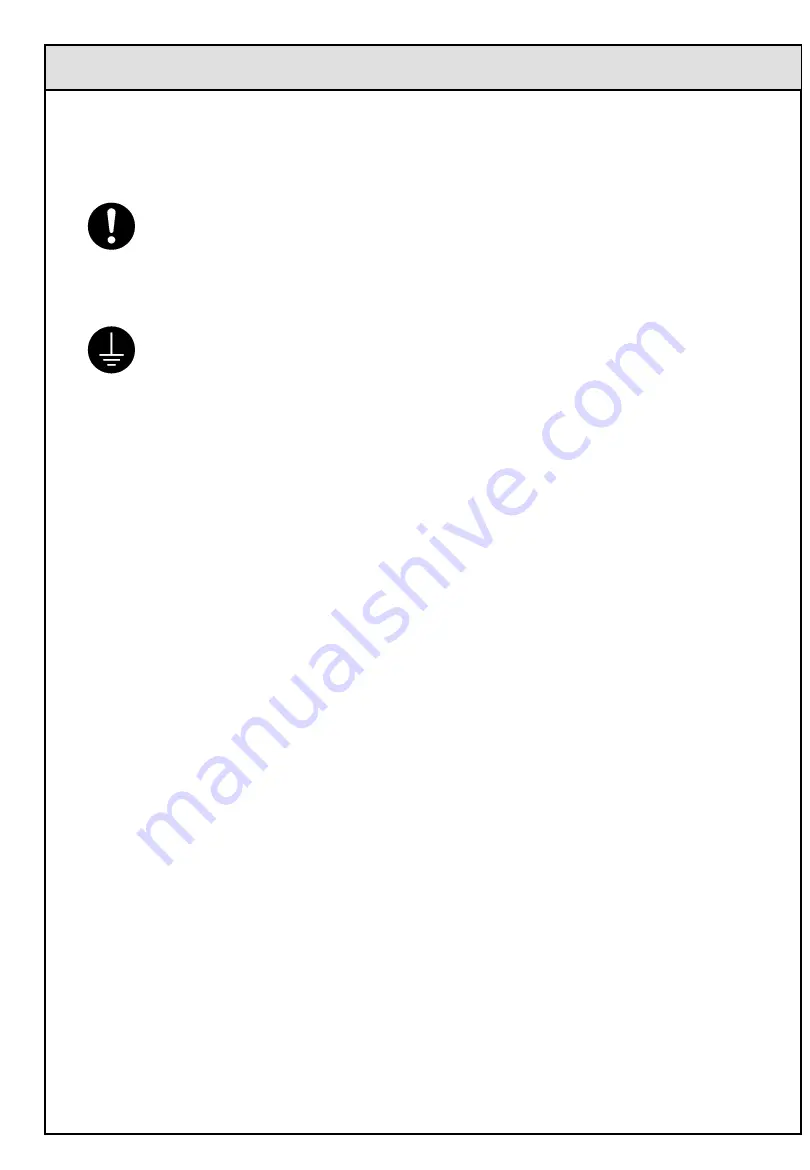
- 28 -
2) Installation of device
6. Primary power source connection
1.Supply single phase 200V to 240V (frequency of 50Hz to 60Hz) for power source voltage.
2.Customers shall prepare the power cable (AC supply cable) with the diameter appropriate for the maximum input
current (12A).
3.Securely connect the power cable to the terminal block (screw diameter ø4) on the back of the control unit.
Make sure the primary power is cut off when connecting. It may cause electric shocks.
4.Be sure to connect the power ground wire.
Usage without ground connection may lead to electric shocks and device troubles.
5.After finishing the connections of the primary power source, securely screw the terminal block cover to prevent
electric shocks.
6.Do not share the power line for this product with motors, machines with induction properties, or devices that
consume large amounts of power.
7.Despite the sufficient resistance to noises superimposed on the power line, it is recommended to use an isolation
transformer and so forth to attenuate noises before feeding the power.
7. Wiring
1.Use the supplied cables for the connections among the control unit, power unit, and LED head.
See P.19 for reference, and make sure that the cables are connected securely.
1.Use AWG #20 to 28 wires for the cable to D-Sub37 connector for external I/O and perform soldering accurately to
prevent short circuits between the terminals inside the connector.
2.When connecting an inductive load (motor or relay) to the external I/O, connect a noise absorber (noise killer and
so forth) to the load side.
3.Hold the connector (plug) area when connecting/disconnecting the cables.
4.Wire the cables in such manner to avoid load and stress to the cables and connectors.
5.Due to the external emergency stop function, this device cannot be used without #17 and #18 pins of external I/O
connector being shorted.
6.Use dry contacts for the wiring to short #17 and #18 pins of external I/O connector.
Be sure to
observe
Ground
connection















